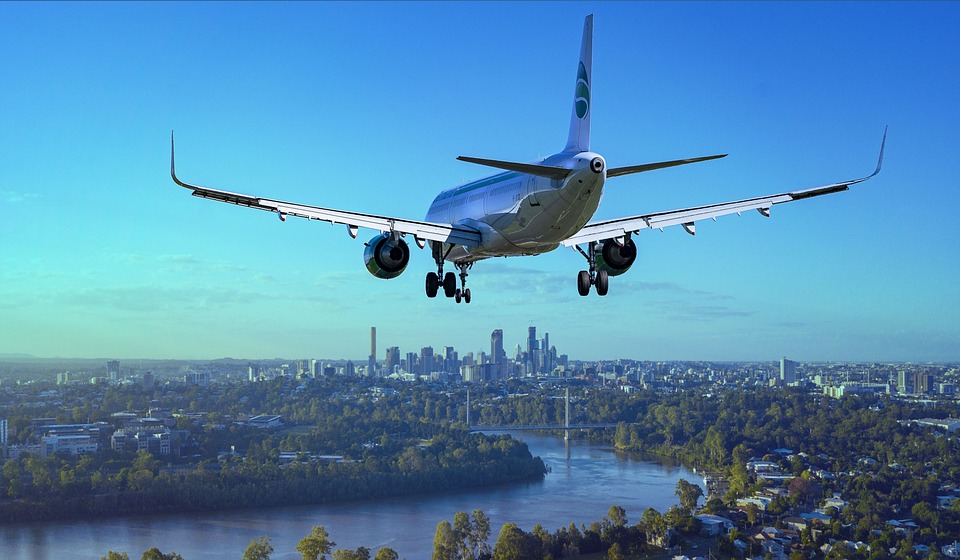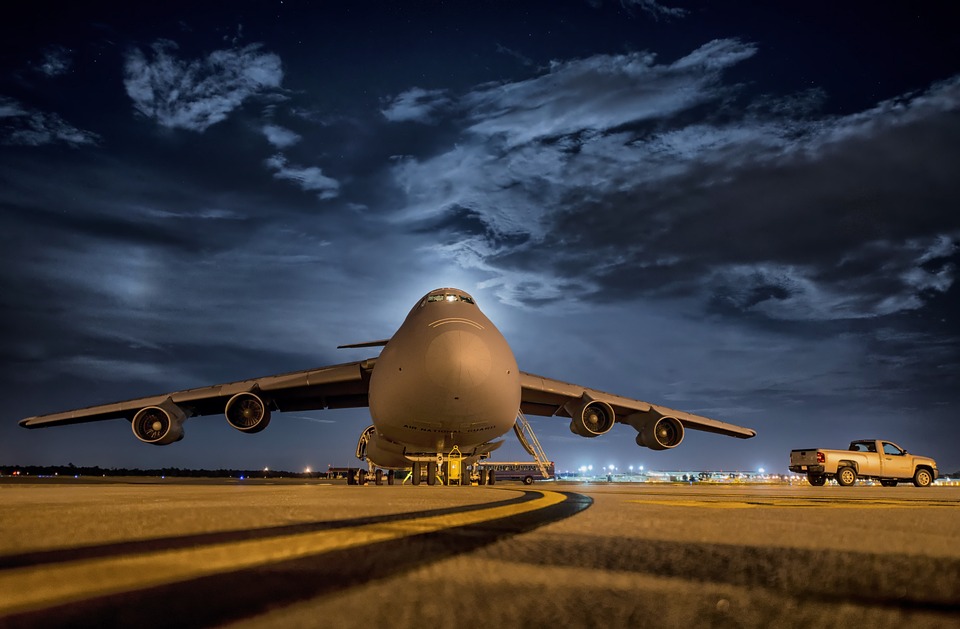Up until just seven or eight years ago, many misguided enthusiasts saw a false flywheel or a snorkel plane as a gay add-on in the car, or something needed only if you did 200mph all the time. But anyone who’s had a recent crash or fist bump will see these little winglets attached to the side of the front bumper. It’s now seen as a key element in tuning a race car’s aerodynamics, and even high-performance cars like the R-35 GTR show a small vestigial bump on the front bumper that looks like a canard.
The word canard is also a name for a type of duck, which is what these aerodynamic devices reminded viewers of when they first saw them. Originally used as airflow control surfaces on aircraft, they have also been used in the flight environment to direct airflow toward the main wing or as a supplementary control for longitudinal maneuvers. They are also used on large aircraft to help reduce friction on low-altitude flights. And while they don’t look exciting (and in fact they’re rarely seen), these devices are also used as controls on submarines and are known as diving planes.
Car diving planes aren’t just about sticking these triangular things to your car. As applied to cars, gliders or diving planes have two effects. The obvious first is that they increase compressive strength. The second is that it creates vortices on the side of the car that run down the sides of the car as it is moving at speed. But if you think the extra turbulence is bad for the car, it actually has a positive effect. The vortices effectively create a curtain that prevents high-pressure air from infiltrating the underbody, where the low-pressure area is created by a combination of a front air dam, rear spoiler and diffuser. An imbalance in this balance will result in reduced downforce, which you don’t want in your car when you’re traveling at speed.
So, while ball bearings (or ailerons, or dive planes—take your pick) seemed like gay add-ons to enthusiasts in the past, these little aerodynamic devices play an important role in adjusting a car’s aerodynamic balance. And even in ‘amateur’ motorsport, things have become so competitive that even a small advantage can tell the difference between a spot on the podium and being watched with the crowd.



0 Comments